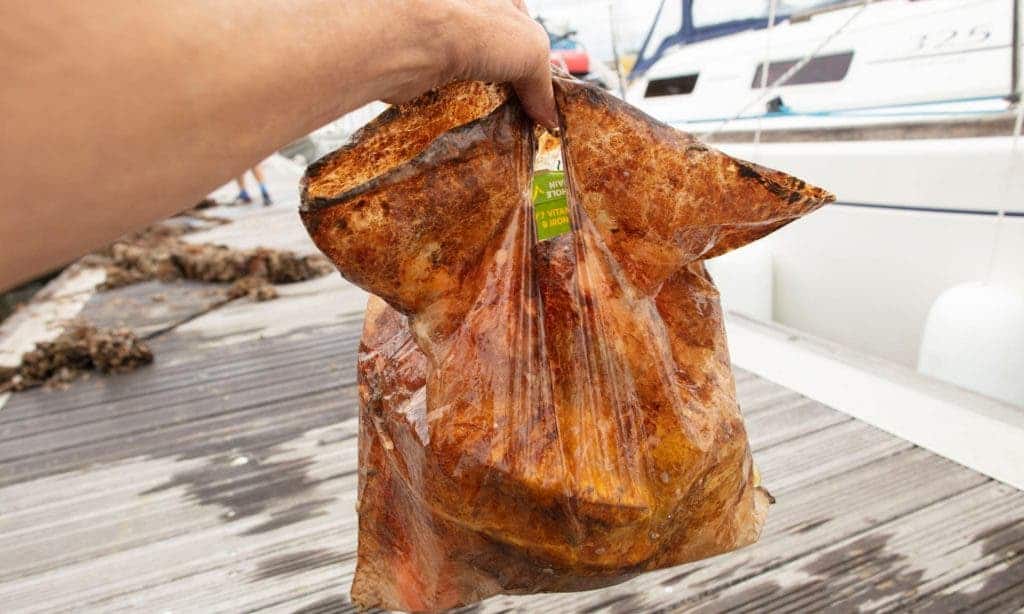
Images of turtles and seabirds chocking on plastic bags have made rounds on social media. This kind of touching footage often provides the emotional leverage for people to dispose of plastic waste more responsibly. Some choose alternatives such as biodegradable single-use items thinking that they’re making a difference but how easily degradable are these options? Not very much, according to a new study which found that some biodegradable bags were not only in one piece after being buried for three years in the soil or in the sea, but could also still carry shopping.
Researchers from the University of Plymouth’s International Marine Litter Research Unit tested five different types of plastic carrier bags: 2 types of oxo-biodegradable bag, one biodegradable bag, one compostable bag, and a high-density polyethylene bag (i.e. the most common plastic bag).
Biodegradable bags are bags that are supposedly capable of being decomposed by bacteria or other living organisms. Oxo-degradable plastics are conventional polymers (e.g. LDPE) to which chemicals are added to accelerate the oxidation and fragmentation of the material under the action of UV light and/or heat and oxygen. Compostable bags are subjected to degradation by biological processes during composting to yield CO2, water, inorganic compounds, and biomass.
None of the five types of bags decomposed fully after being exposed to the soil, water, and air for up to three years. What’s more, “biodegradable” bags — which intuitively sound like the most likely to break down into the environment — were still able to carry shopping after three years of staying buried in the soil.
The compostable bag was present in the soil 27 months after being buried, but it tore when it was tested with shopping.
Writing in the journal Environmental Science and Technology, the authors concluded that biodegradable, oxo-biodegradable, and compostable materials offered no environmental advantage over conventional plastics. In fact, oxo-degradable bags may cause new problems because of their high risk of fragmentation and spreading microplastics.
In early 2018, the European Commission wrote a report stating that “there is no evidence that these plastic fragments will undergo full biodegradation within a reasonable timeframe,” recommending that action should be taken. Meanwhile, a 2016 U.N. report concluded that biodegradable plastics degrade far too slow in the oceans, voiding any apparent practical benefit. In the ocean at least, they’re just as bad, if not worse in some instances, than traditional plastics, ZME Science reported at the time.
“After three years, I was really amazed that any of the bags could still hold a load of shopping. For biodegradable bags to be able to do that was the most surprising. When you see something labelled in that way, I think you automatically assume it will degrade more quickly than conventional bags. But, after three years at least, our research shows that might not be the case,” Imogen Napper, who led the study, told the Guardian.
According to the researchers, 100 billion plastic bags are placed on the EU market each year. The authors claim that their findings highlight the need for stricter standards relating to degradable material which ought to outline the appropriate disposal pathways and rates of degradation that can be expected.






